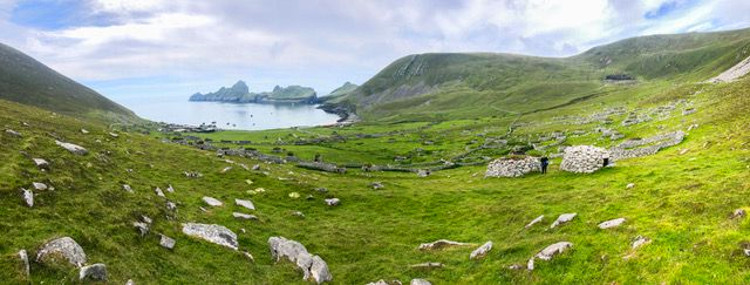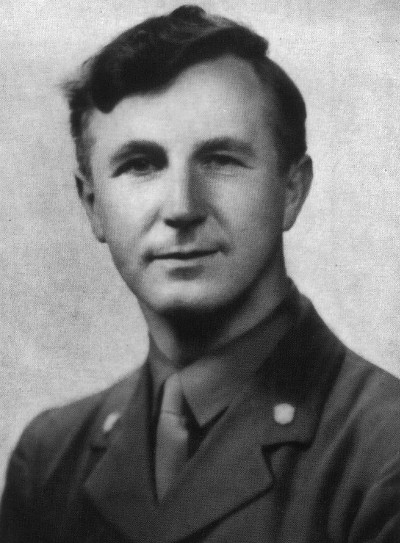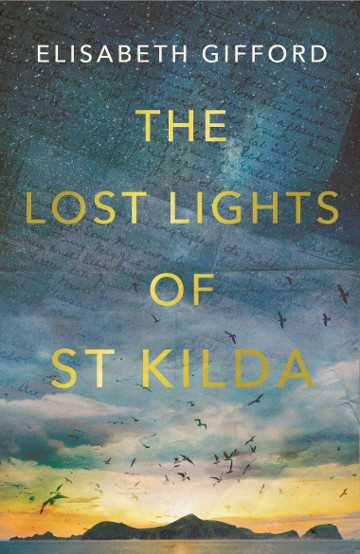
Elisabeth Gifford weaves together two strands of ‘lost’ Scottish history – the last days of the inhabitants of Hirta (St Kilda) and the men of the 51st Highland Division who were left behind in France after Dunkirk – into a richly-textured story of lost love and hope, The Lost Lights of St Kilda. She tells Historia about her research and the family links she uncovered.
A hundred miles out into the Atlantic, St Kilda is Scotland’s most remote island. It was inhabited for 2,000 years by generations of hardy St Kildans. They caught seabirds from the highest cliffs in Europe, wove their own clothes from a unique breed of Soay and blackface sheep. They used the hand quern to grind oats, and the stone oil lamp, long after the rest of the Hebrides had given them up for bagged flour and tilly lamps.
But during the First World War, with a contingent of naval men using the island as an Atlantic lookout, modern society with its money and mass-produced goods caught up with the St Kildans. Weakened by depopulation, cut off by storms, at times the islanders would have all but starved, but for a message in a canister asking for help that reached the mainland.

By 1930 the islanders were forced to accept evacuation from the government. They left behind their close-knit village community where work and produce were shared equally and a deep sense of spirituality that connected them to the magnificent scenery.
Life for the isolated islanders was hard, but also rich and deep, and something unique was lost when St Kilda was abandoned. Their beloved dogs had to be drowned in the bay, not able to adjust to life on the mainland. They left the looms and the nets and the family dressers that had made up their old lives. Scattered across the mainland, the St Kildans were plunged unprepared into the twentieth century.

I spent several years researching the St Kildans and was able to travel out to the magnificent island – actually a group of four landmasses – with Sea Harris. During that time I also began to research a second ‘lost’ piece of Scottish history, the many Highland men who had been left behind after Dunkirk, a considerable number of whom had made incredible journeys home, escaping through the enemy territory of occupied France.
In 1940, with the troops driven to the beaches and future victory uncertain, Churchill was desperate to keep up morale. The evacuation of Dunkirk was presented as a victory of sorts, but what was not widely reported was that 10,000 men of the 51st Highland Division had been left behind in France fighting a rear guard action. They were forced to surrender at St Valery and marched away to Nazi POW camps in Poland and Germany.
Across the Highlands and Islands, many families had no idea what had actually happened to their men until months or even years later. These men would spend the entire war in Nazi prison camps, but many tried to escape to freedom, travelling down through occupied France, over the Pyrenees and into neutral Spain.

I first became interested in their story when I heard that my husband’s grandparents, Bill and Louisa Gentry, had sheltered servicemen and Jewish people escaping from occupied France in their Madrid apartment, as part of the community of British expatriates around the British Embassy who were helping these escapees return home. Due to fears of reprisals from a Francoist government against the Spanish people involved in these activities, people were sworn to secrecy for many years.
I realised that many of these service men were Scots, as were the men helped by the ‘Tartan Pimpernel’, a Scottish minister called Reverend Donald Caskie who ran a safe house in Marseilles for soldiers and downed pilots, helping them make their escape over the high passes of the Pyrenees into Spain.
I began to search out biographies of soldiers captured at St Valery, tracing their escape routes and researching the many brave resistance fighters and ordinary people who had provided help on the way.
In The Lost Lights of St Kilda I wanted to follow the route a soldier of the 51st would have made from his home in Scotland to captivity in France, fleeing south along the escape routes, then over the Pyrenees into Spain before finally returning home again.
My fictional escaping soldier is driven by the hope of finding the girl he had known on the island of St Kilda just before their evacuation. Only towards the end of writing the book did I find that one of the boys on St Kilda had in fact been a POW in Germany for the duration of the war.

There was one final family connection to the men of the 51st Highland Division. Bill’s son, my father-in law Douglas Gifford, was in the BEF landings at Normandy, along with the reformed 51st. It was only while writing this book that I realised the significance of some photos that 19-year-old-Douglas had taken at Bremerhaven on VE day. They showed massed ranks of Highland soldiers leading the victory march – the reformed 51st, who had fought as part of the British Expeditionary Force to liberate Europe.
After having read all I could find on St Kilda in an attempt to envision the life of the people who once lived there, I found that I was actually able to match names with faces for all the last families living in St Kilda’s 16 cottages, something not done before.
I am giving this part of the research to the Scottish National Trust, now managing the village site, for them to use as a booklet for visitors.
Elisabeth Gifford is the author of three other historical novels: Secrets of the Sea House, Return to Fourwinds and The Good Doctor of Warsaw.
She has also written The House of Hope, a biography of Dr Joyce Hill, who opened a rescue centre for abandoned babies in China.
The Lost Lights of St Kilda by Elisabeth Gifford is published on 5 March, 2020.
See more about The Lost Lights of St Kilda.
Images:
St Kildans sitting on the village street, 1886. via Wikimedia
Inverness-shire Constabulary on St Kilda, 1928: Dave Conner via Flickr
St Kilda, looking towards Village Bay: © David Gifford
Rev Dr Donald Caskie: PA
51st Highlanders leading the VE Day parade: Douglas Gifford, © David Gifford





